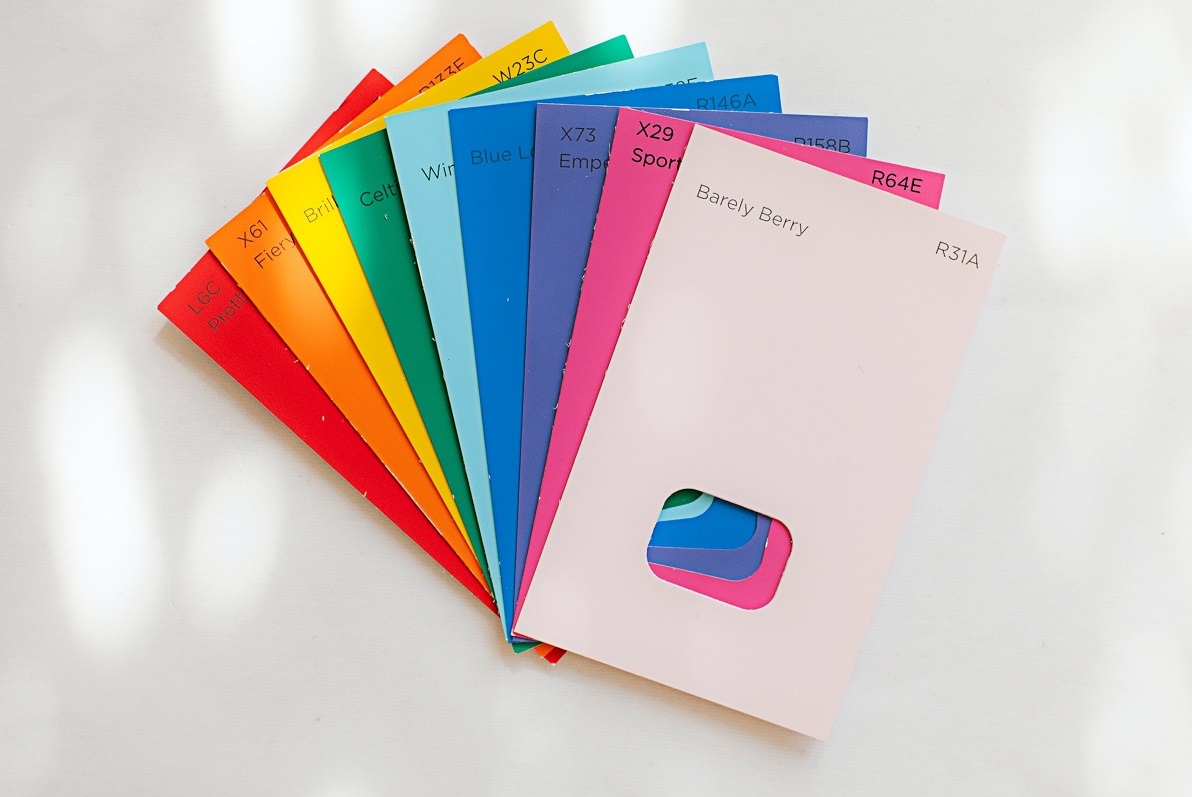
Morningstar is known for producing ratings to help investors find the best Canadian ETFs and mutual funds. In fact, Morningstar produces three distinct sets of ratings for these investments:
- The Morningstar Ratings for Funds (informally known as the "star rating"), an objective look back at risk-adjusted after-fee returns relative to the category average.
- The Morningstar Sustainability Rating for funds (informally known as the "globe rating"), a measure of the degree of material financial risk stemming from environmental, social, and governance issues from the issuers in a portfolio, noting importantly that this isn't a measure of "green-ness" or "goodness" but rather an assessment of risk, and how companies in the portfolio are equipped to deal with those risks.
- The Morningstar Quantitative Rating and Analyst Ratings for Funds (informally known as "medalist" ratings), our forward-looking opinion of a fund's ability to produce after-fee alpha.
On May 2nd, 2023, the last rating will be renamed to simply the Morningstar Medalist Rating without changes to the methodology or the ratings themselves. Behind the scenes, both former ratings are rooted in analyst assessments of three core pillars:
- Parent - the stewardship qualities and capacity of the asset manager
- People - the skill, experience, and longevity of the portfolio management team
- Process - the effectiveness and consistency of investment research and risk management
Since their release, the former quantitative ratings have proven accurate in helping investors find reasonable investment ideas in Canada, made especially apparent when we look at the after-the-fact (ex-post) performance for funds and ETFs that have received these ratings.
The above study looks at all funds and ETFs that have received a rating and measures their subsequent performance in each subsequent 1, 3, 6-, 12-, 36-, and 60-month periods (from 2017 to the present day). What the first chart shows is that on average, investors that chose funds that received a gold rating produced a return topping 25% over 5 years, while those that were rated negative returned a much lower 15% (non-annualized). The illustration is starker when we look at the 2nd chart, which is similar, but measures annualized returns relative to each fund’s respective category peer group. Here we can clearly see that on average, gold/silver/bronze-rated funds ended up outperforming the category average on an after-fee basis, while those with negative/neutral ratings ended up underperforming peers.
Using Morningstar's Ratings to find the Best Canadian ETFs and Mutual Funds
It is imperative to understand that Morningstar's ratings are often measured against a specific category or peer group of investment funds (these peer groups are defined by the Canadian Investment Funds Standards Committee). To find the right category, investors must have a very good understanding of their risk profile, which includes psychological attitudes toward risk, as well as the financial ability to withstand losses (a function of time horizon and financial circumstances). Generally speaking, younger investors with long investment time horizons can afford to take on much more risk than older investors who are nearing retirement. Investors who can take on risk will have a higher exposure to stocks as opposed to bonds.
From here, investors might utilize the star rating as a starting point for further research. The star rating is simply a record of how each fund has performed in the past on an after-fee risk-adjusted basis, and certainly not the only thing an investor should look at.
Once you have a short-list, a look at the medalist rating and accompanying written report will provide valuable insights on the people, process, and parent company - which should inform an investor's choice.
This article does not constitute financial advice. It is always recommended to conduct one's own research before buying or selling any investment.




















